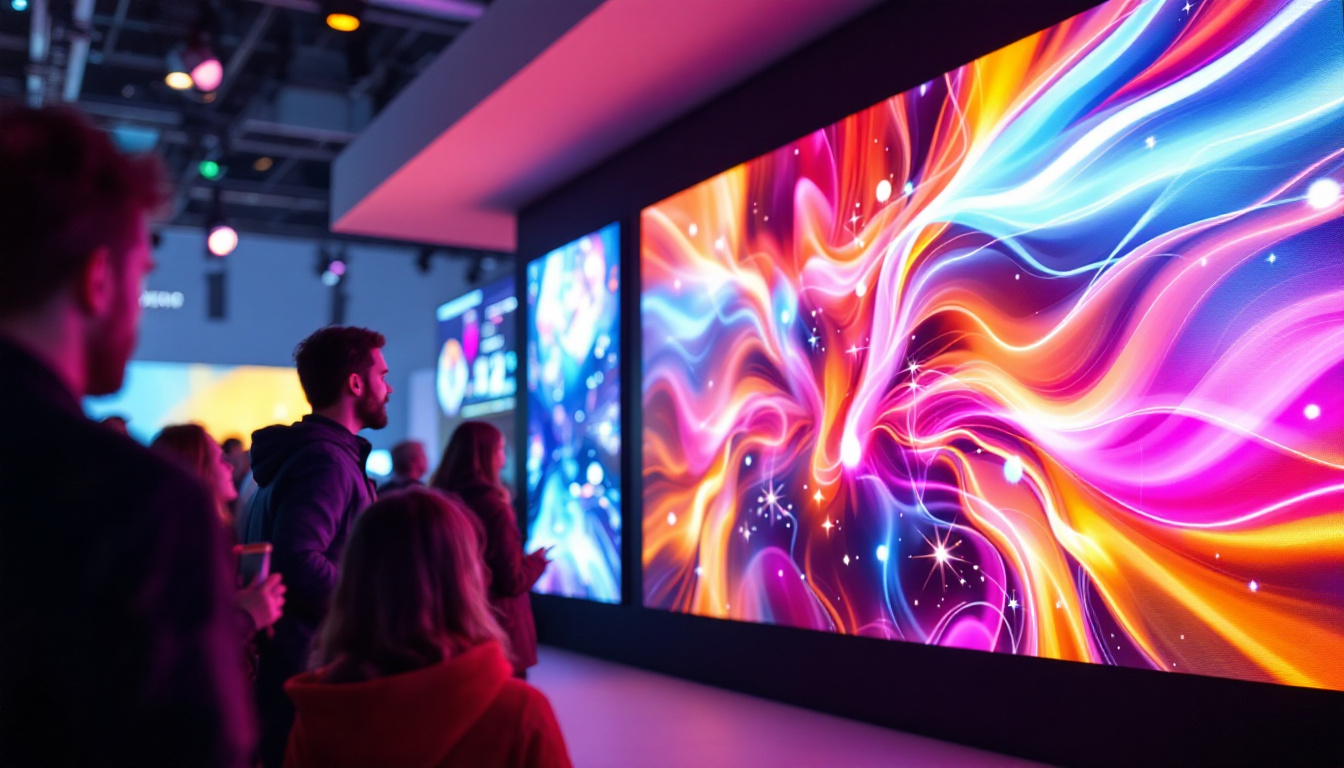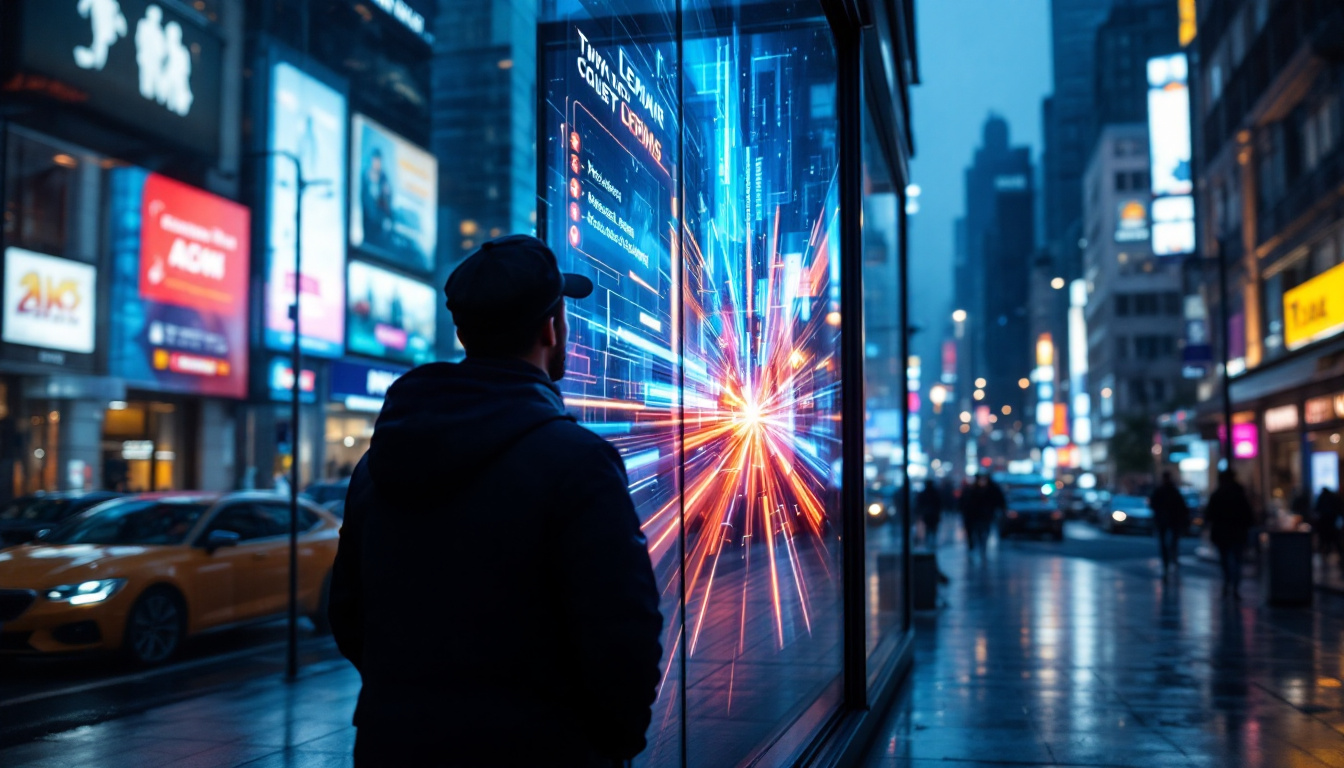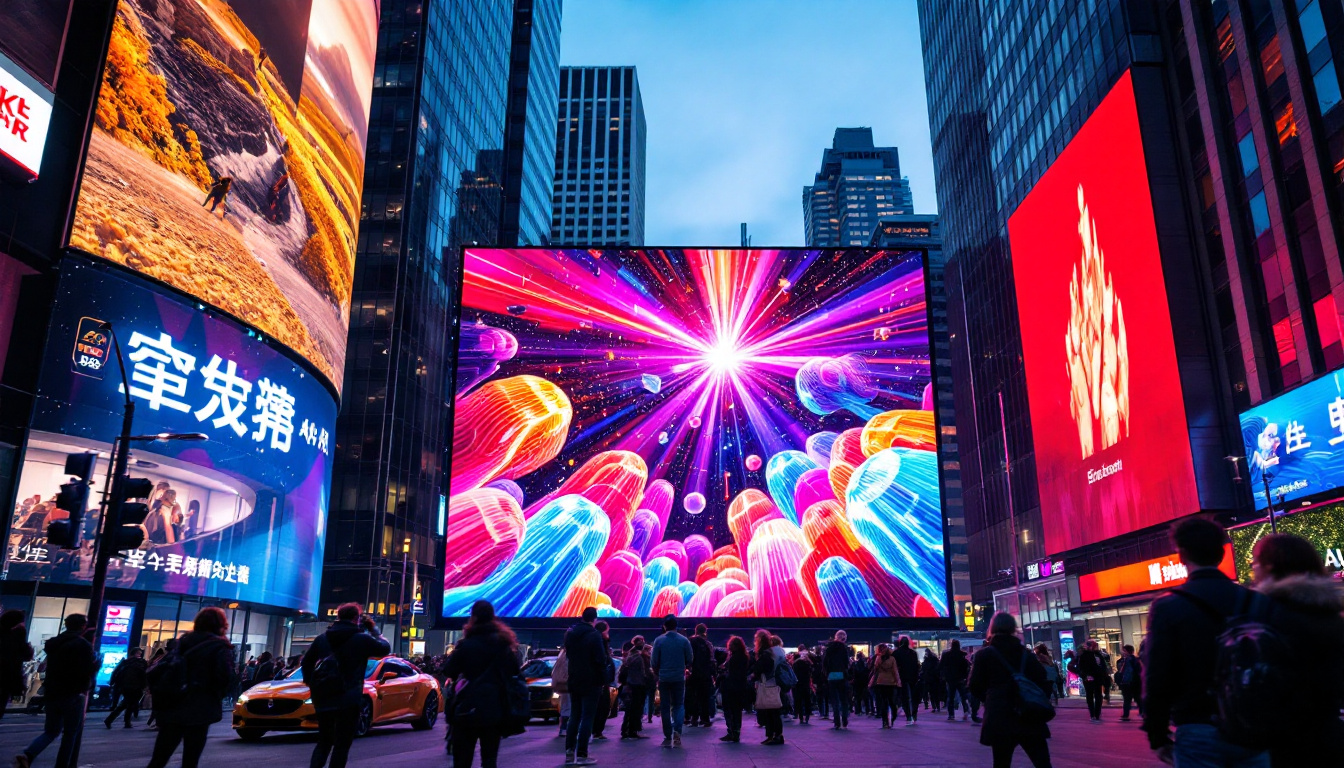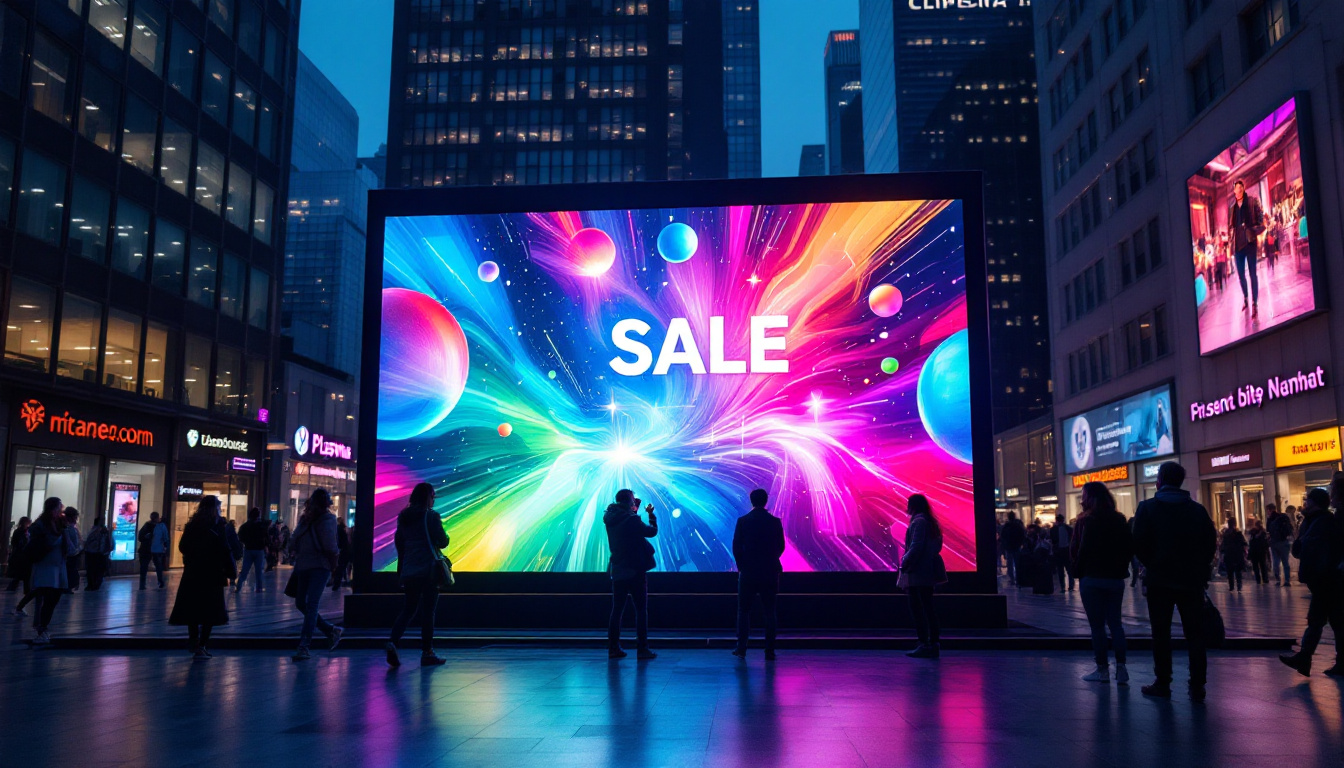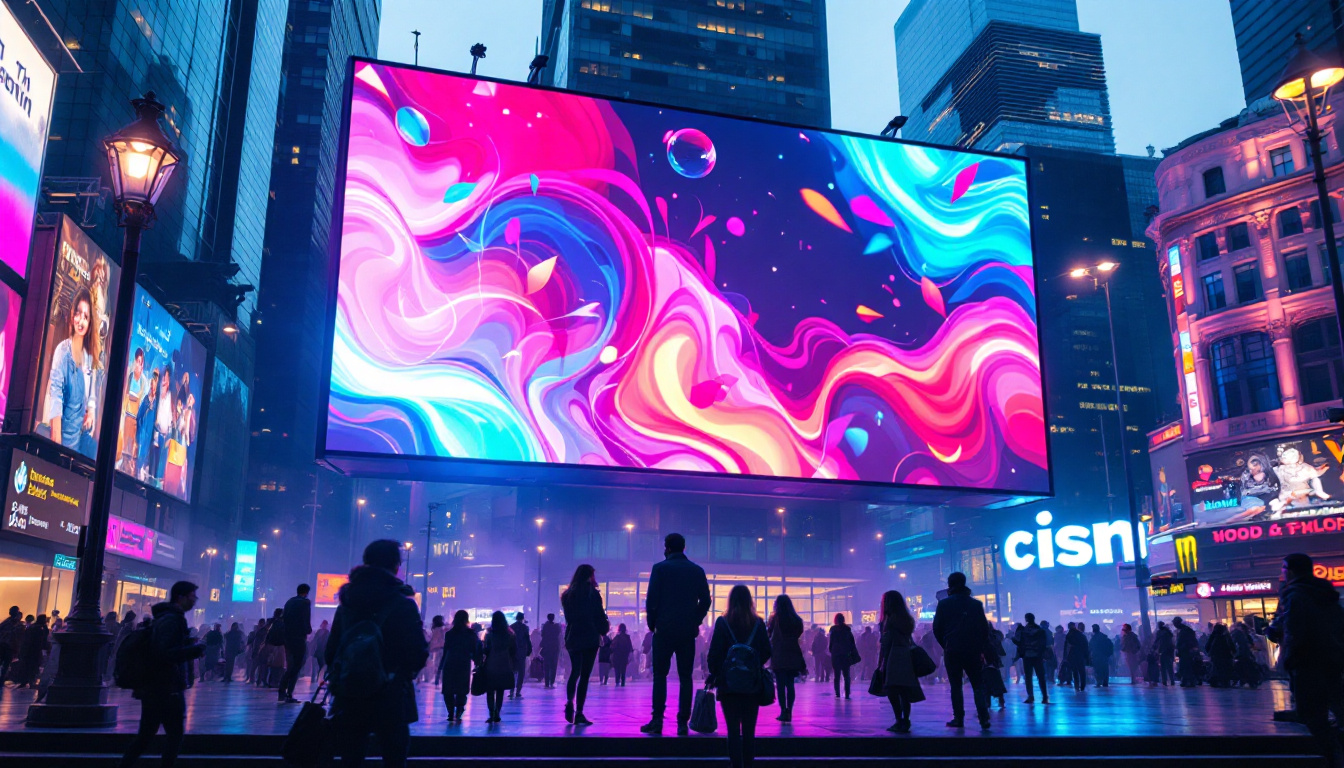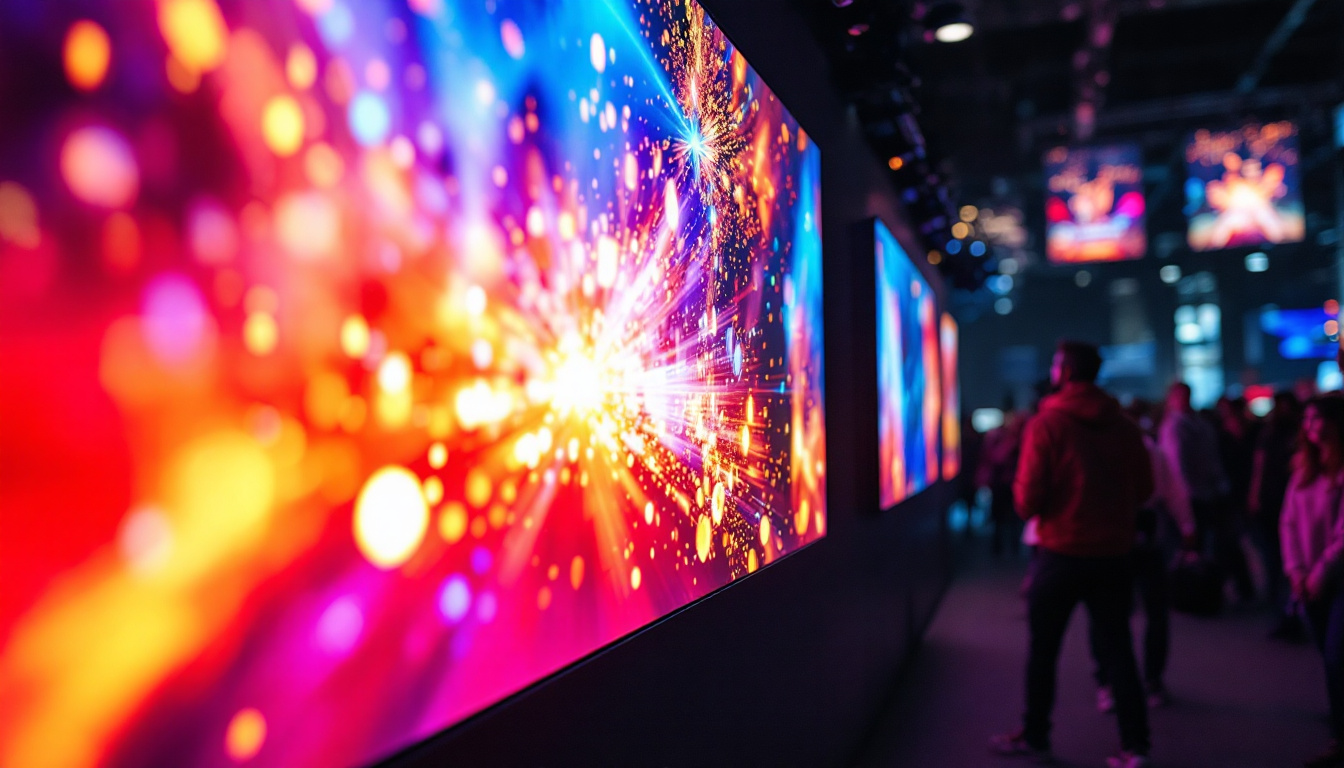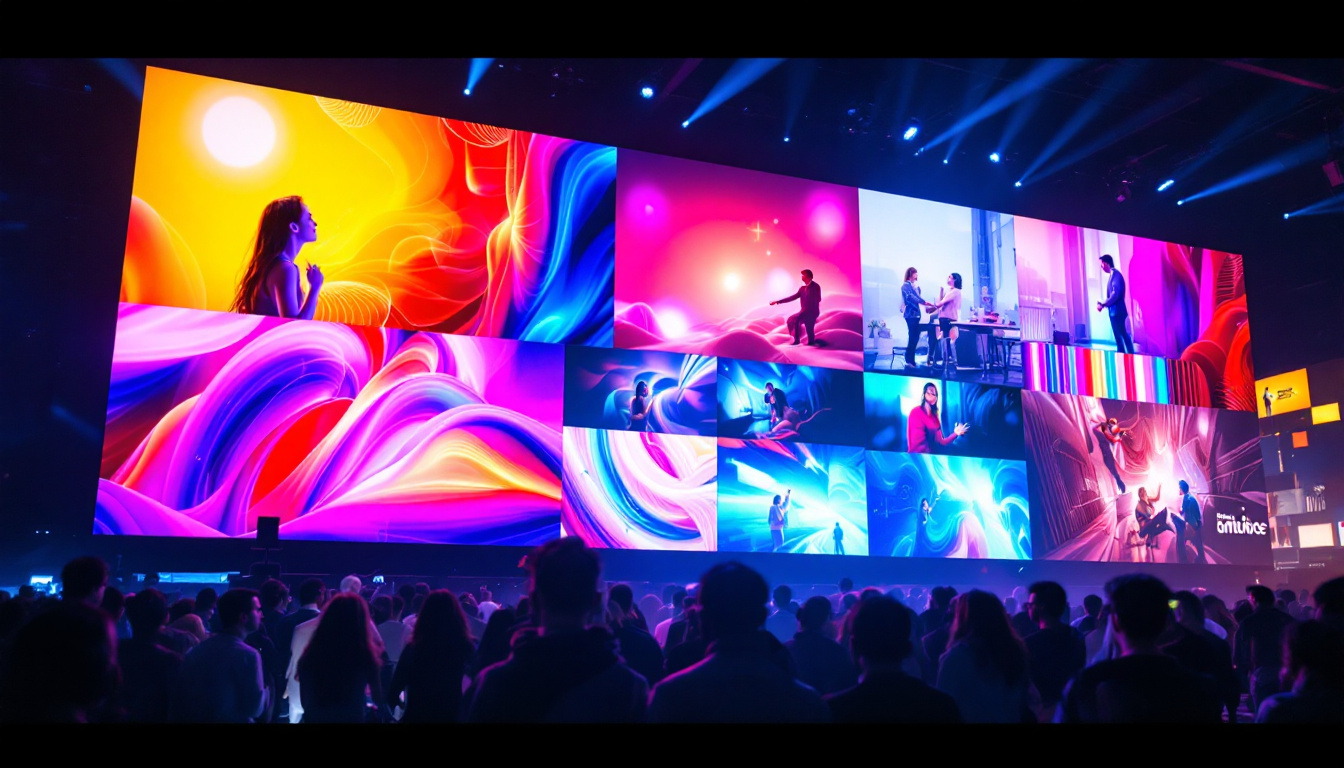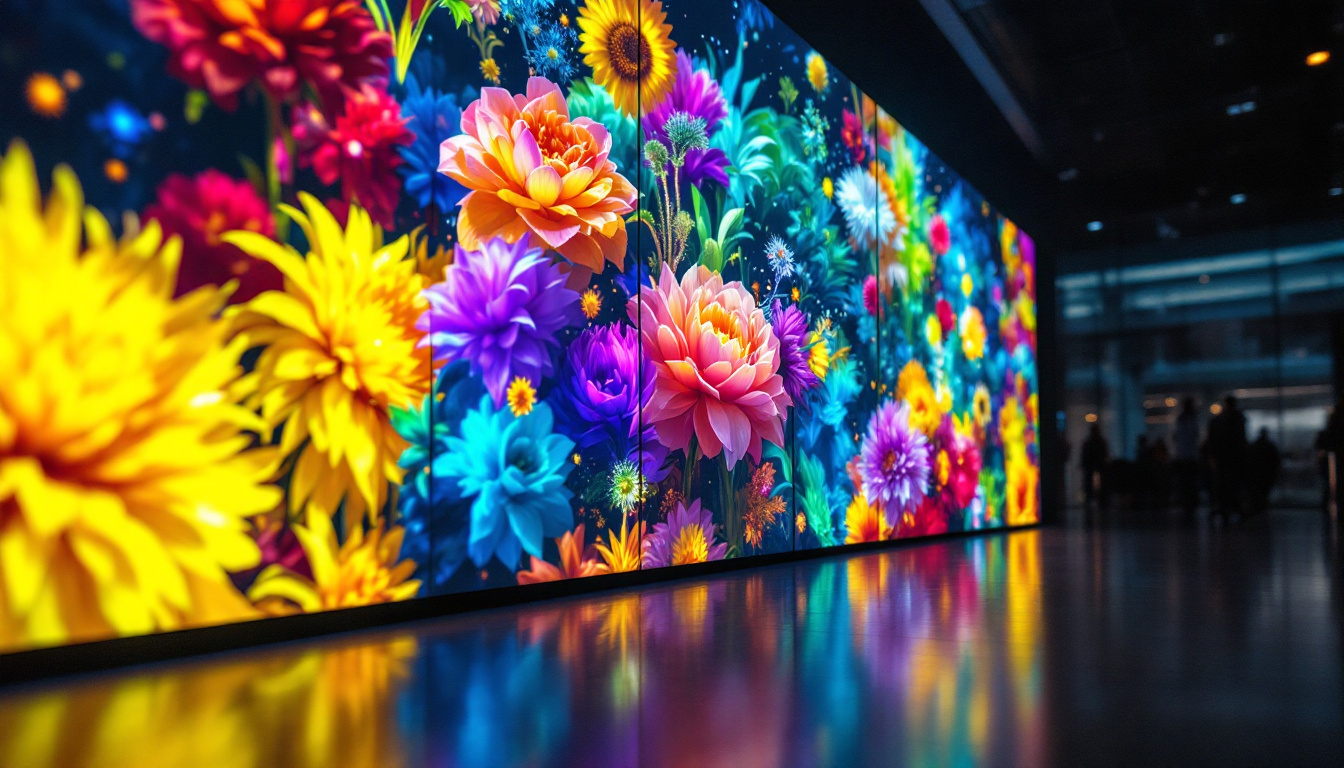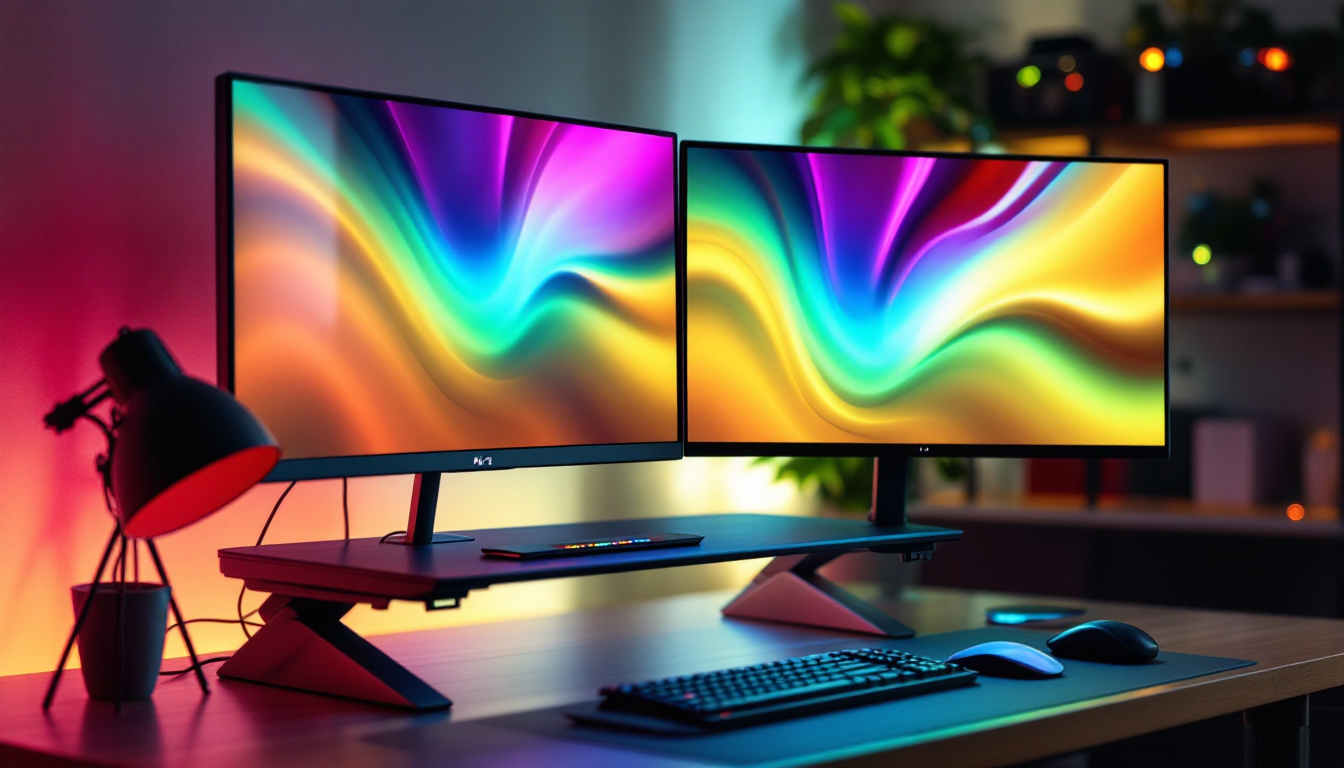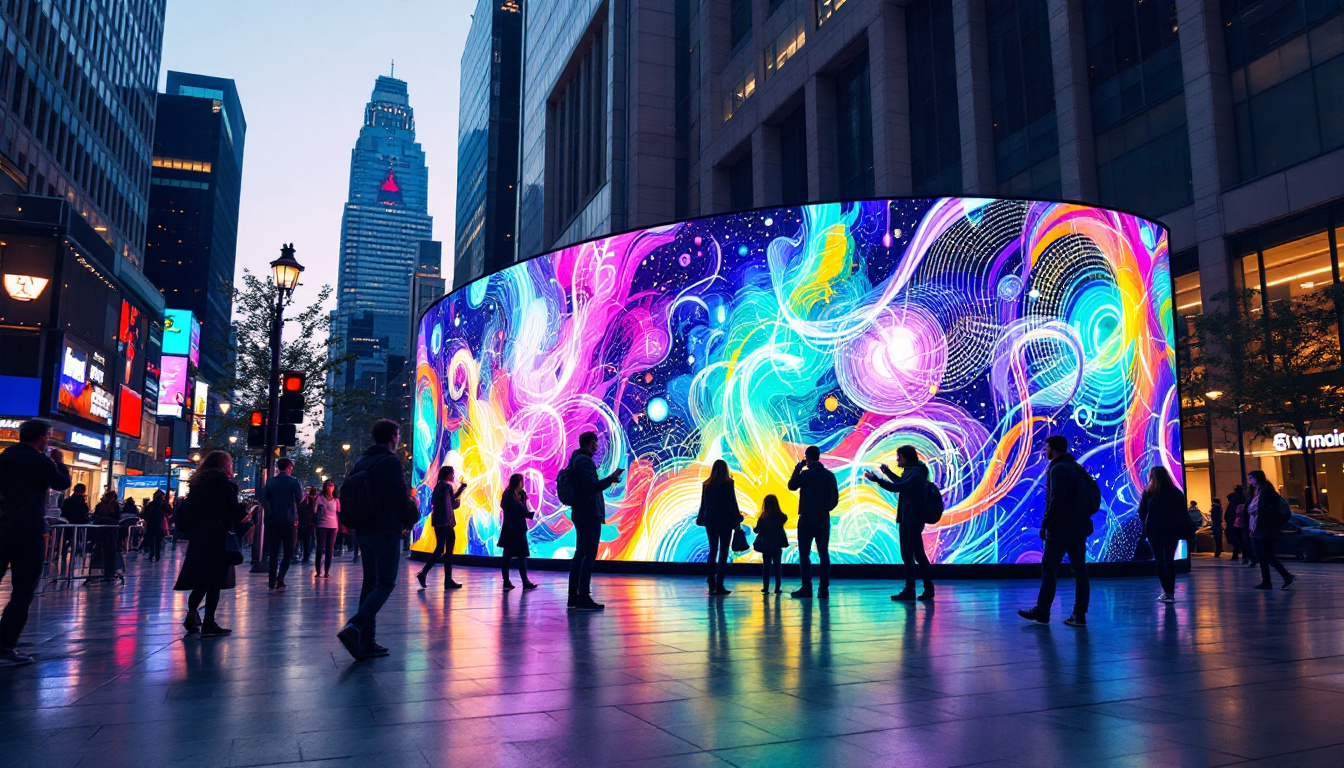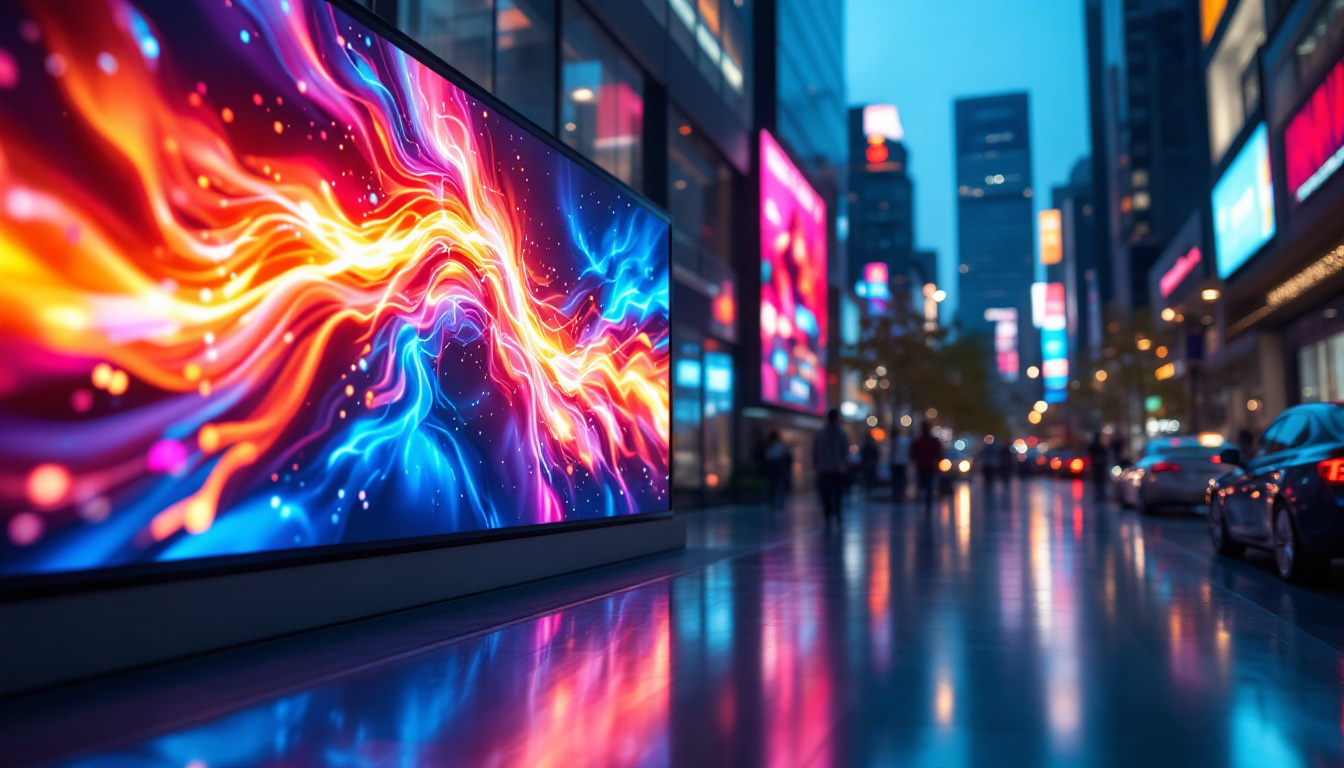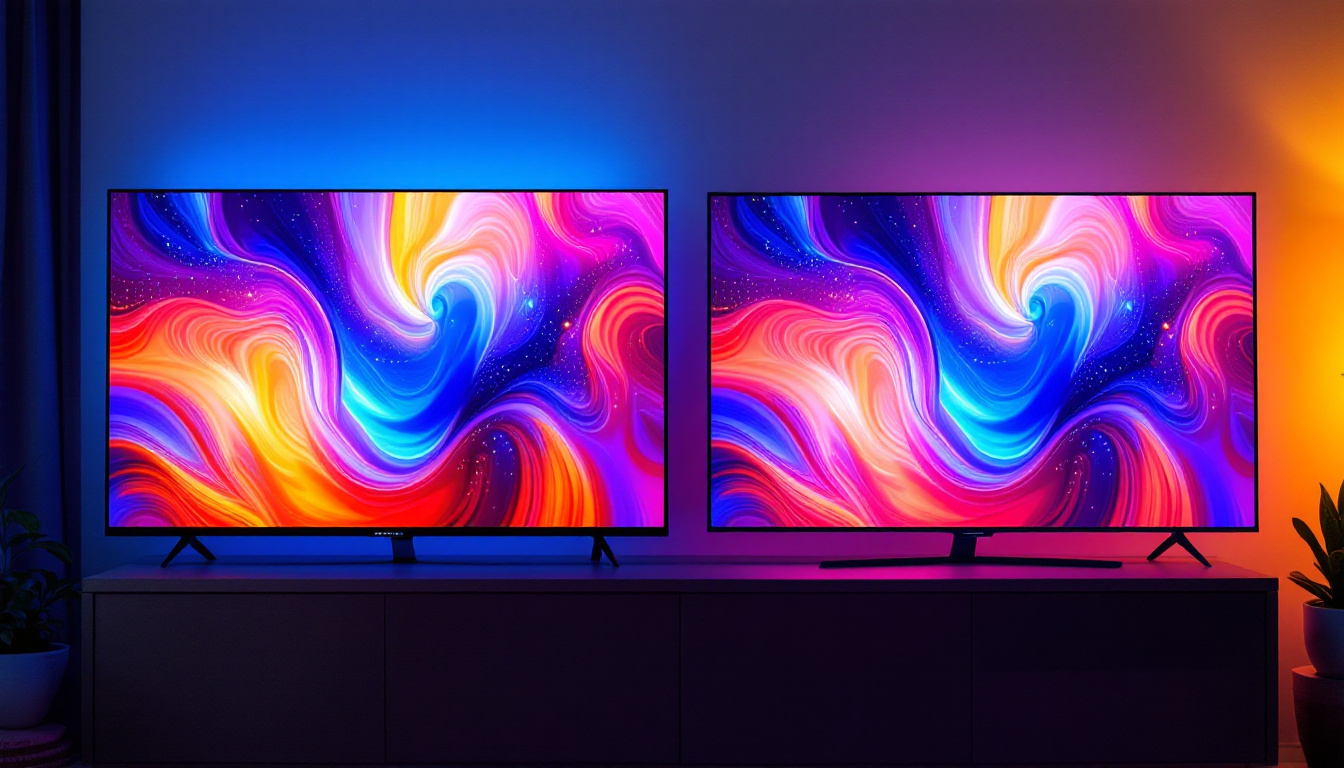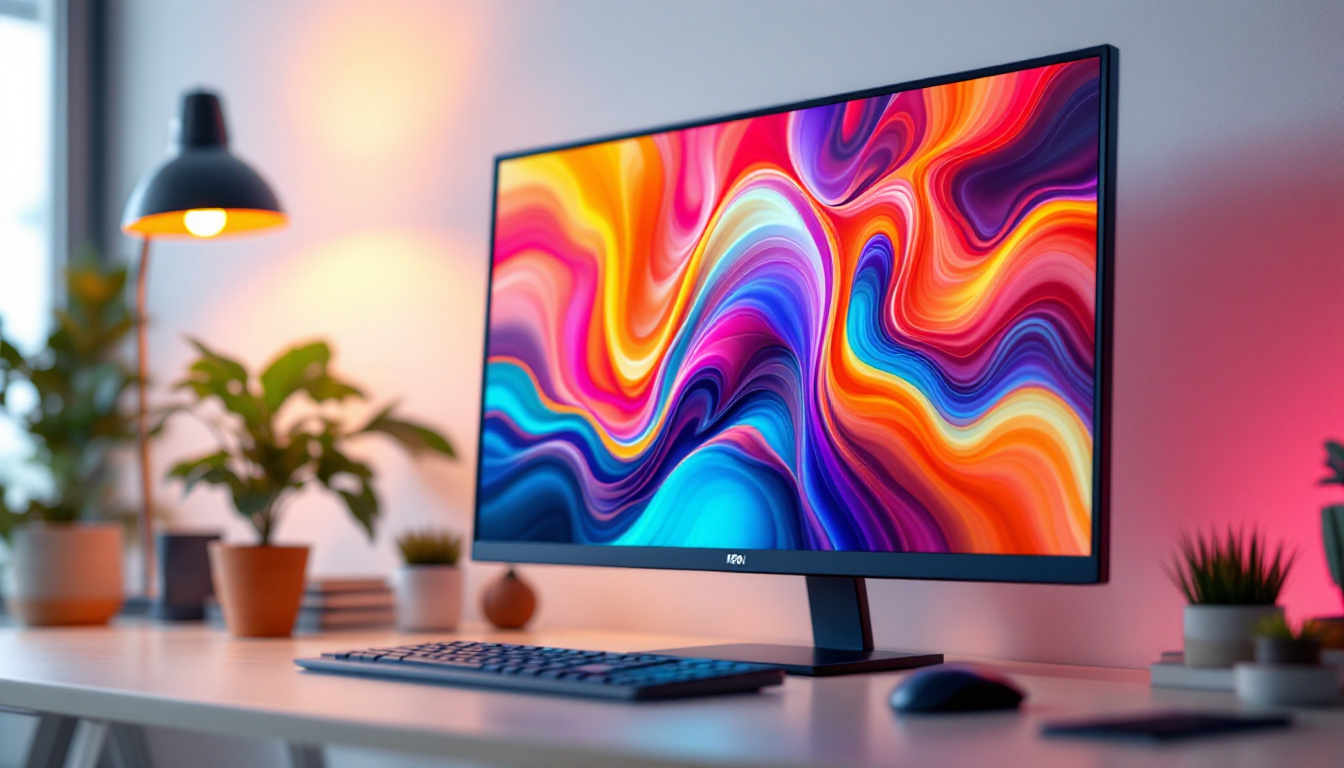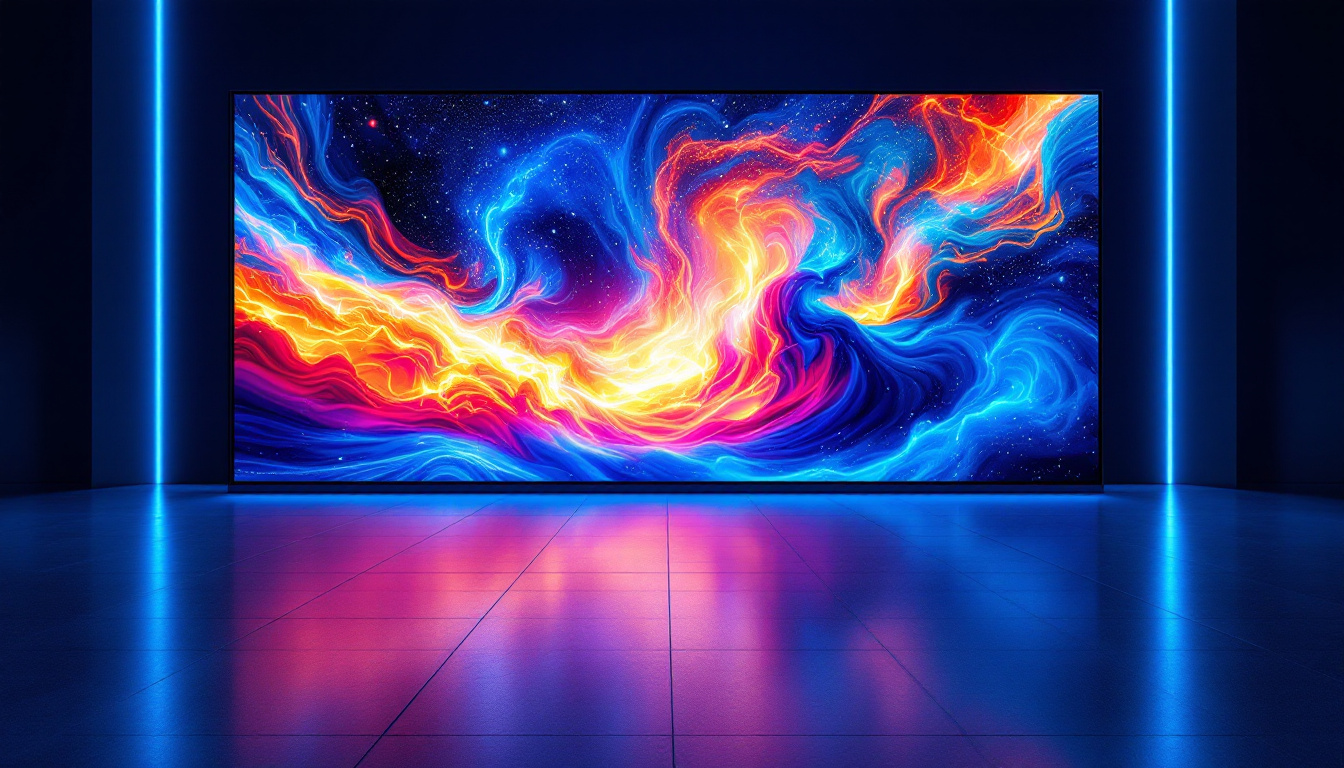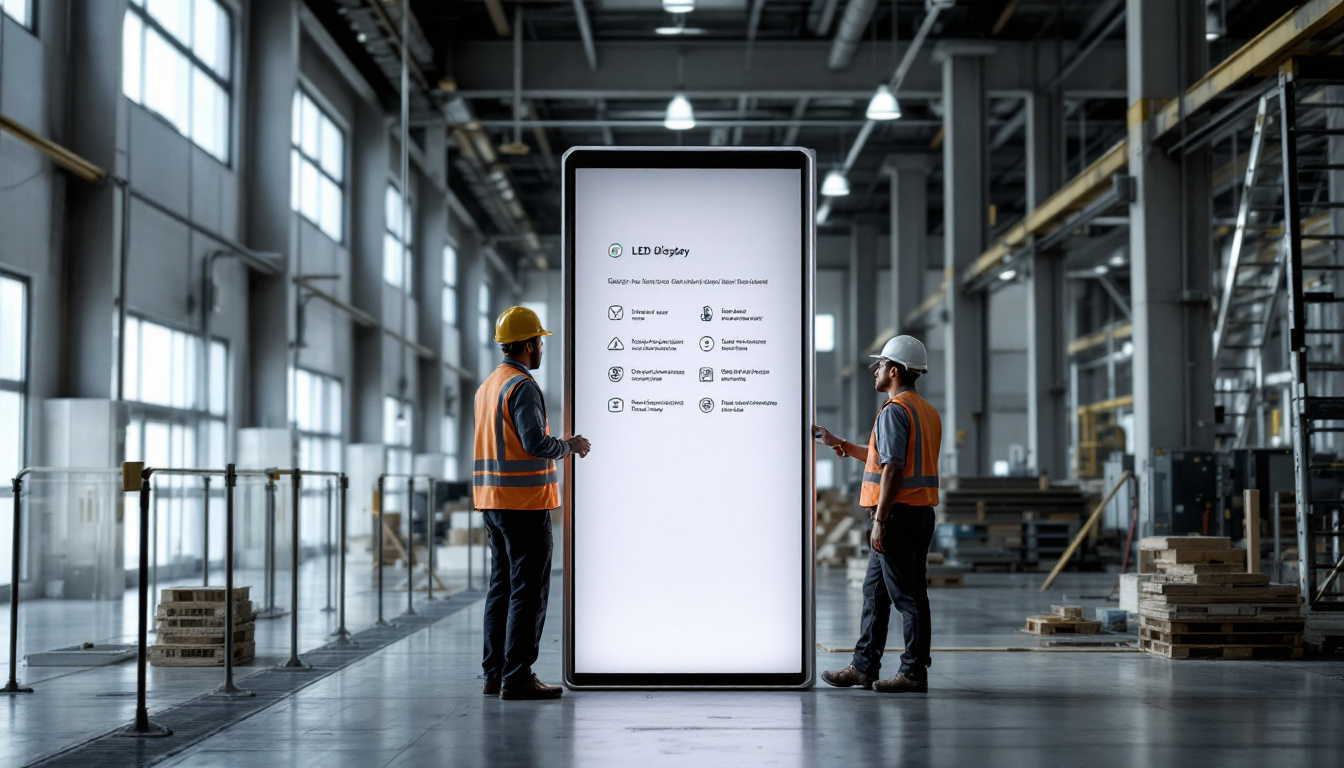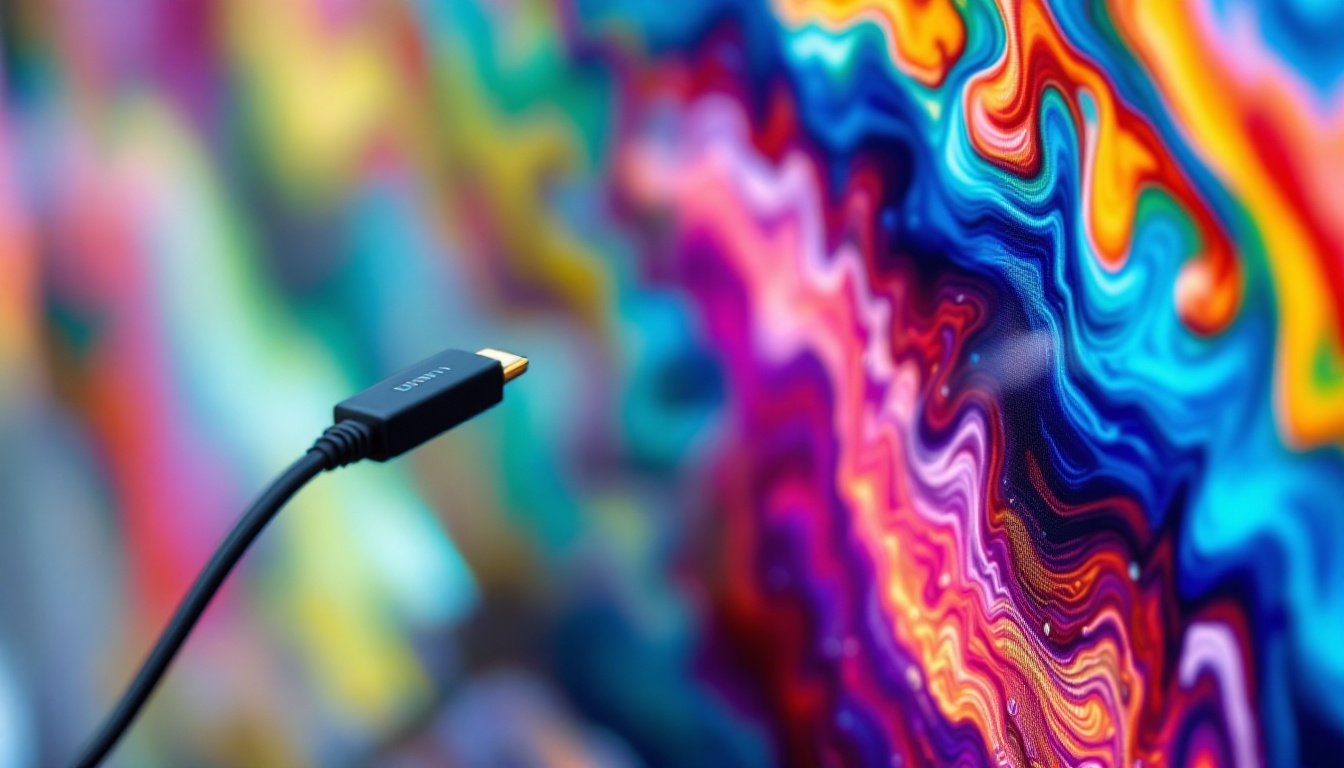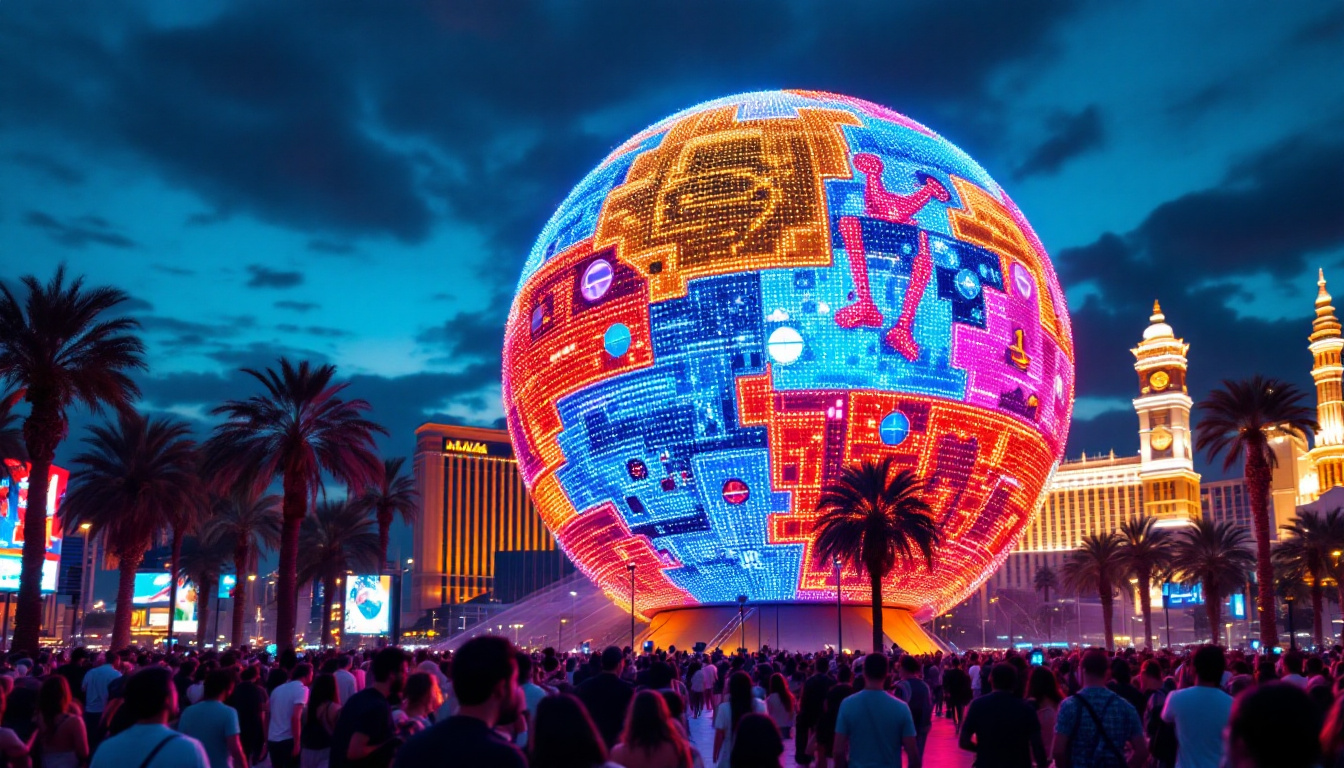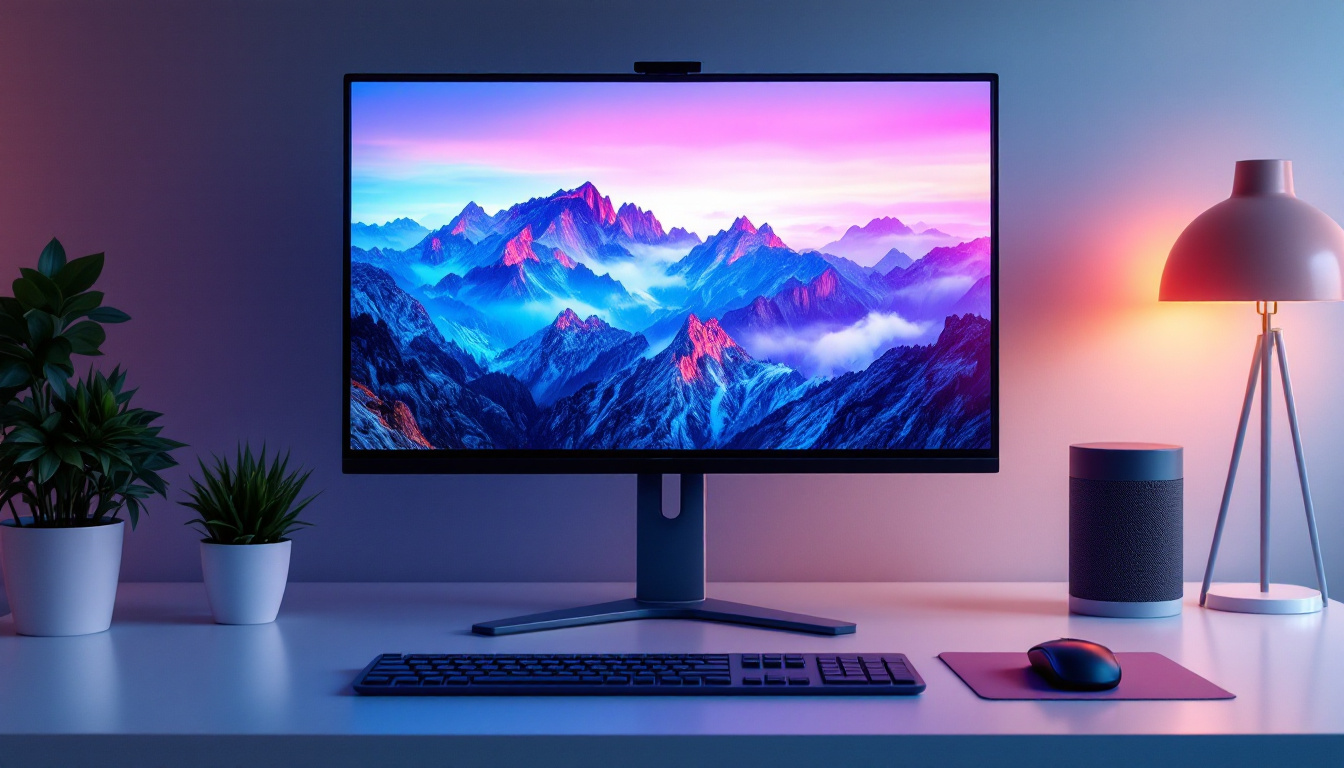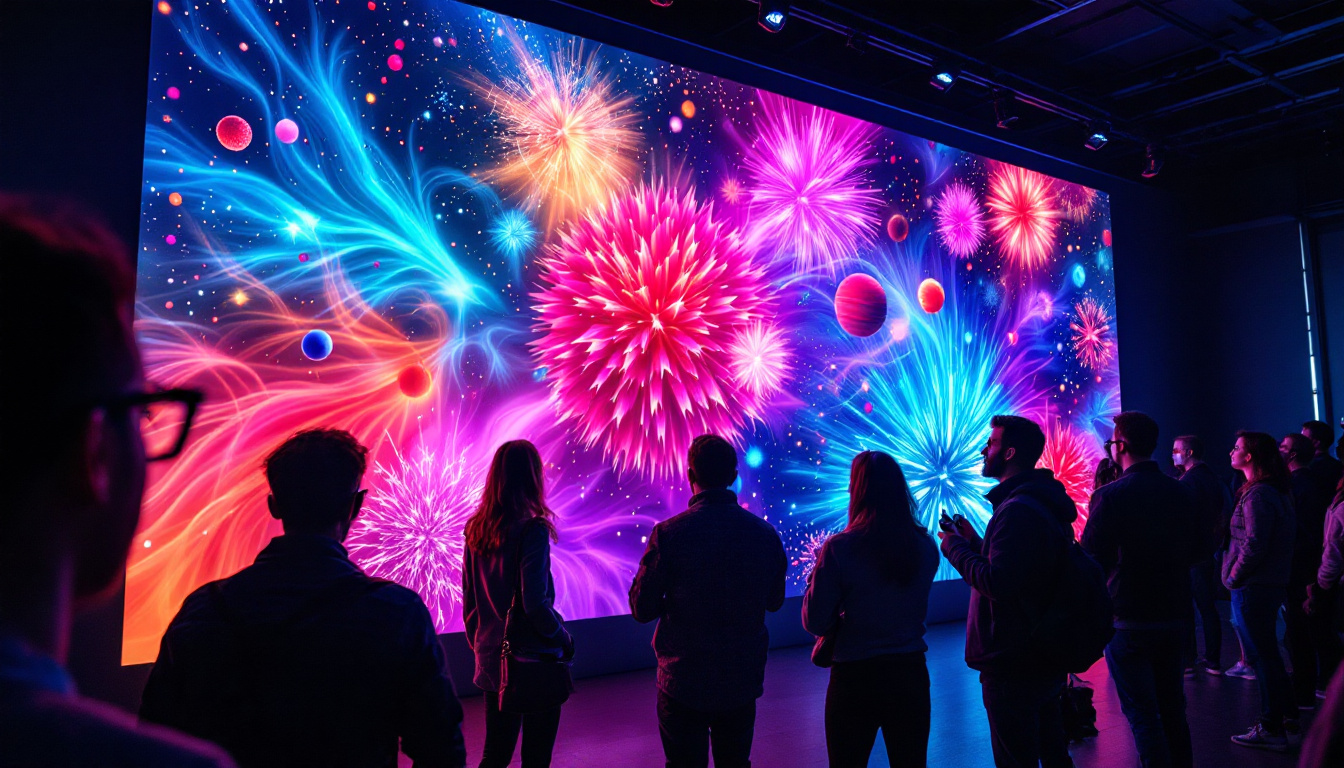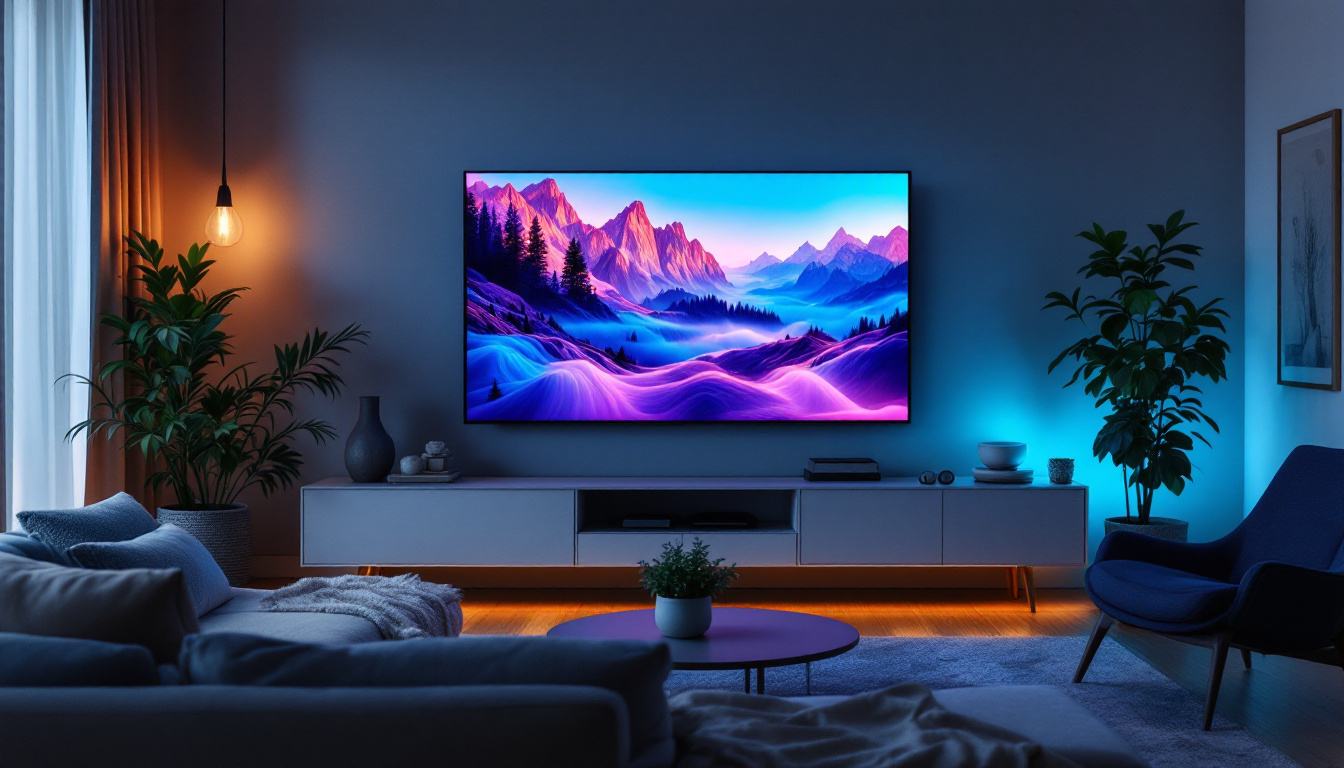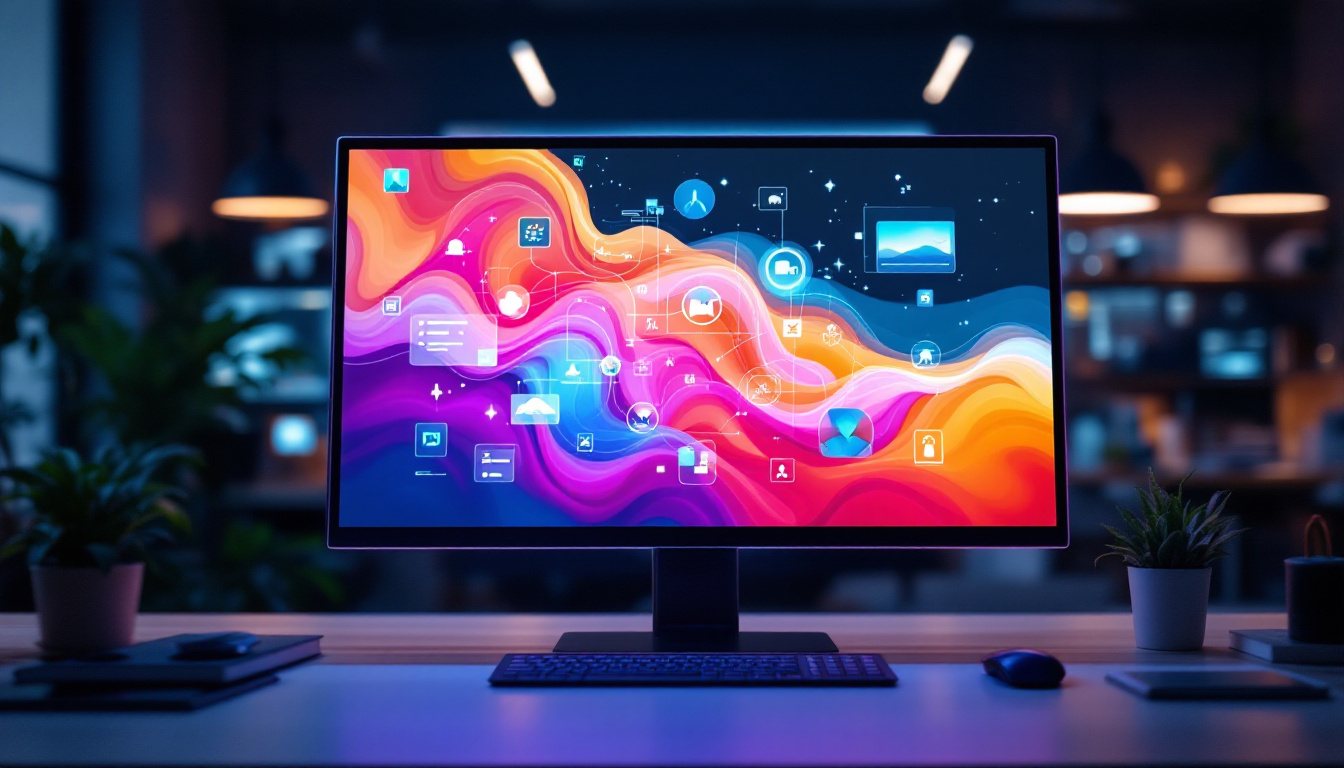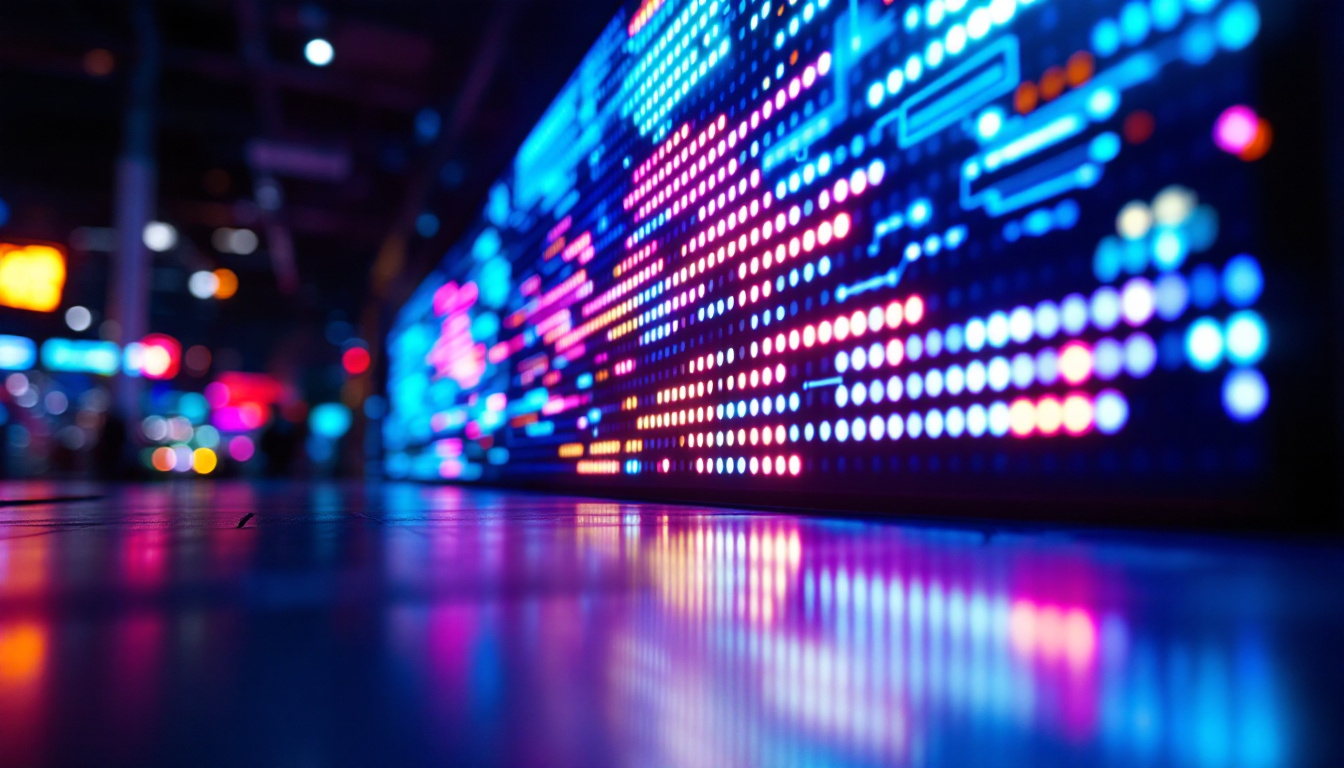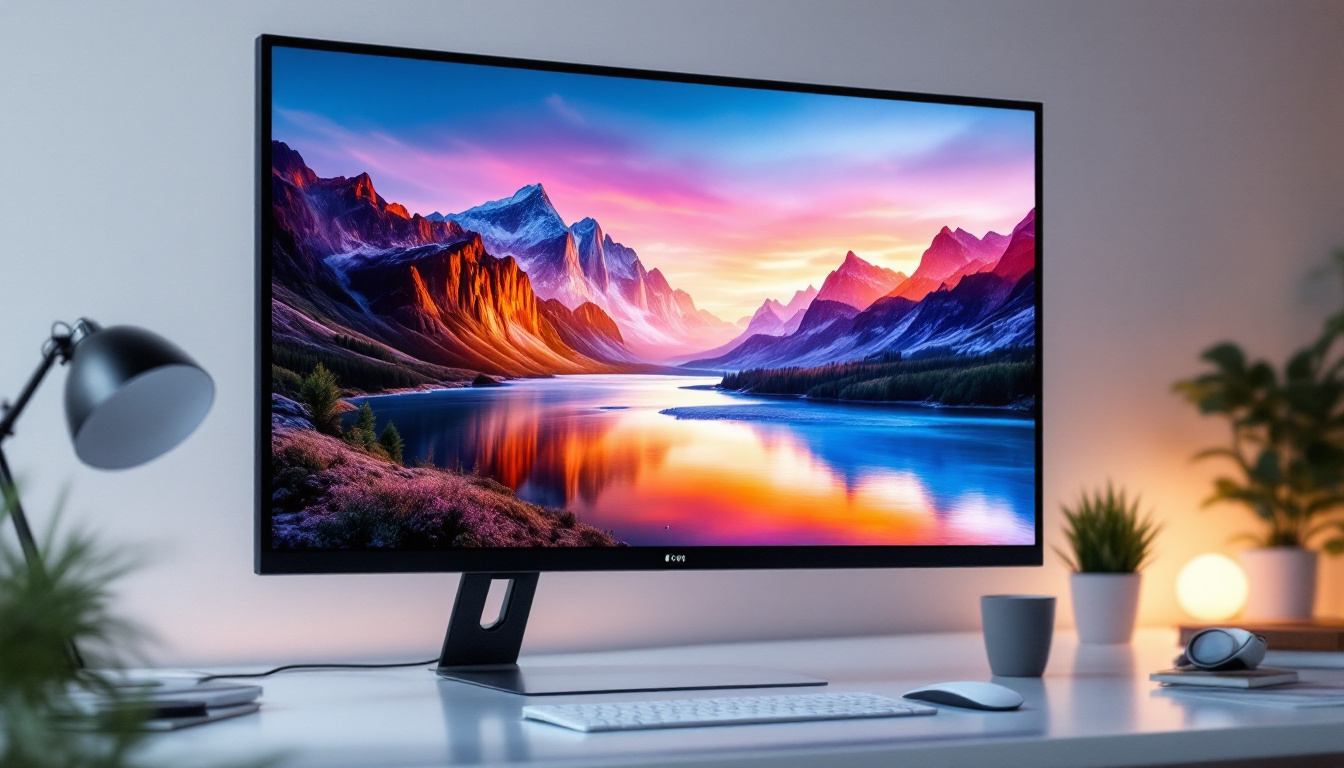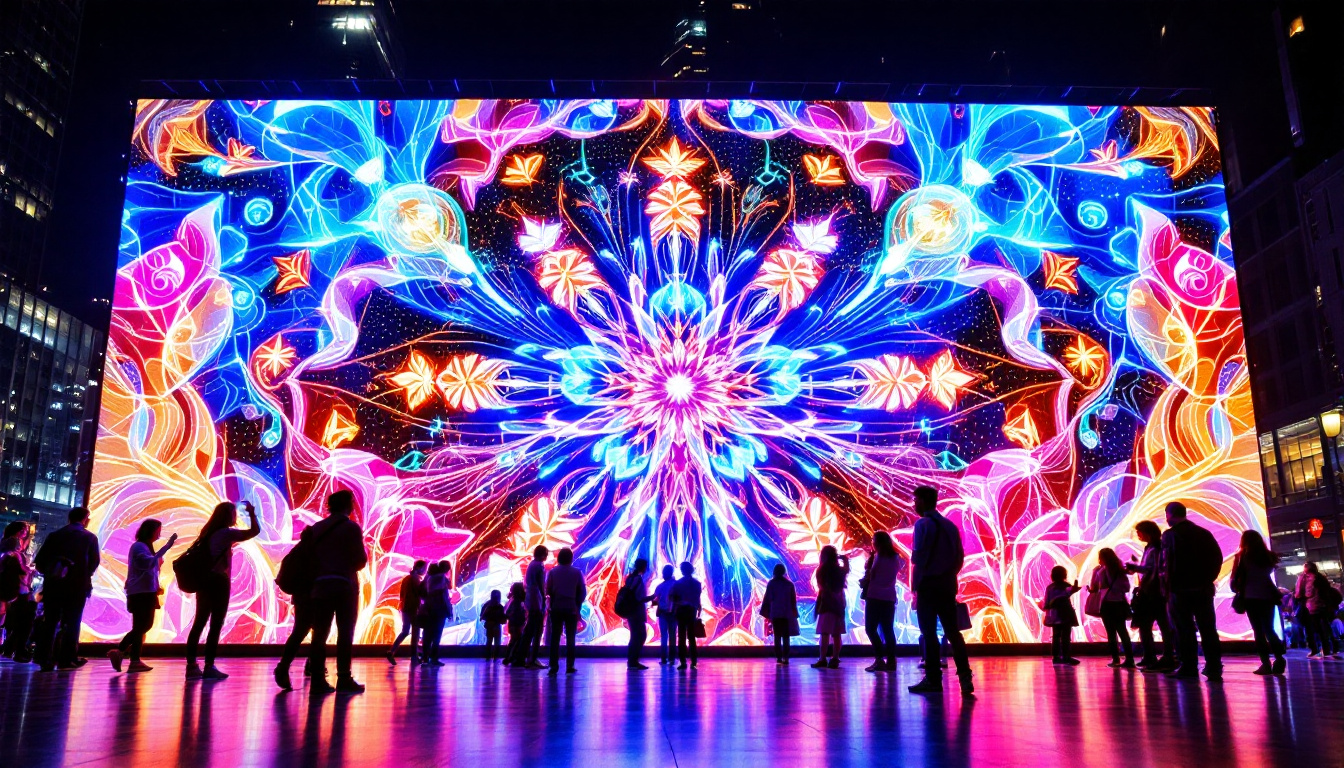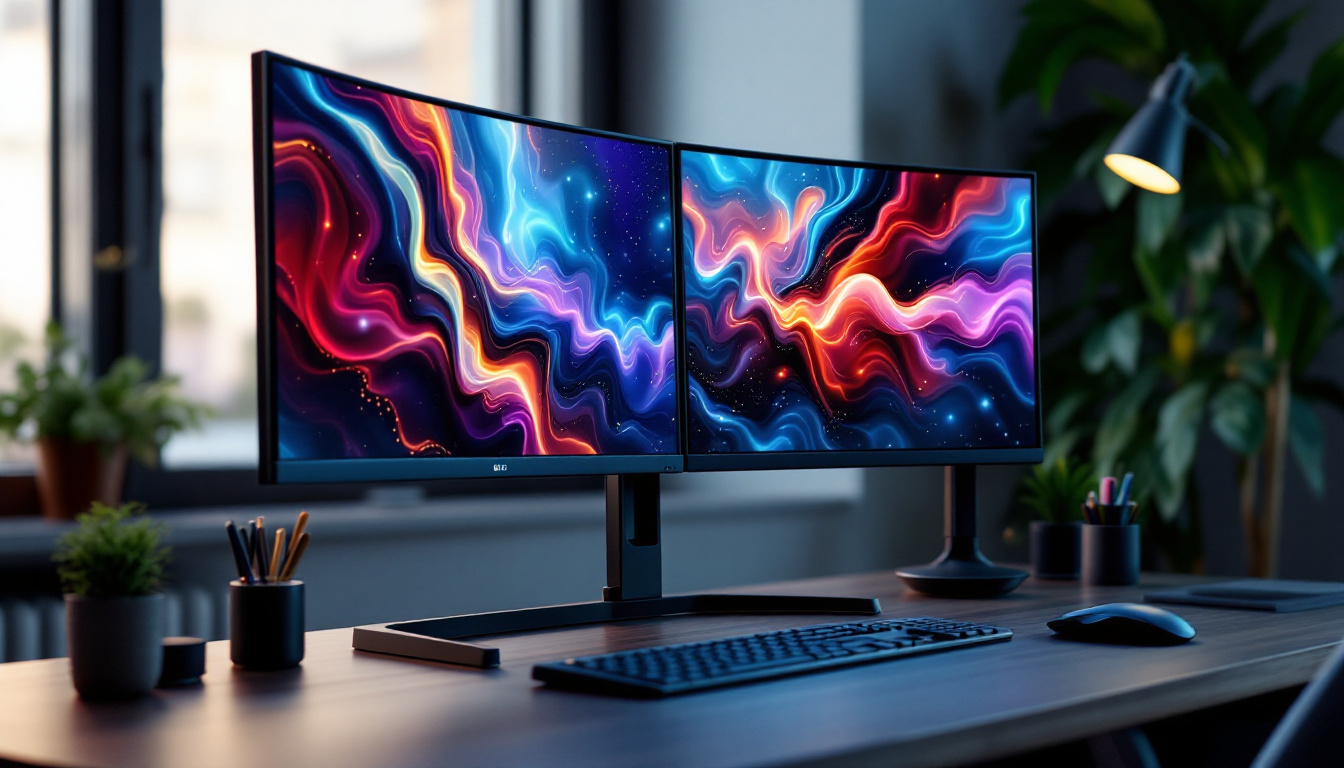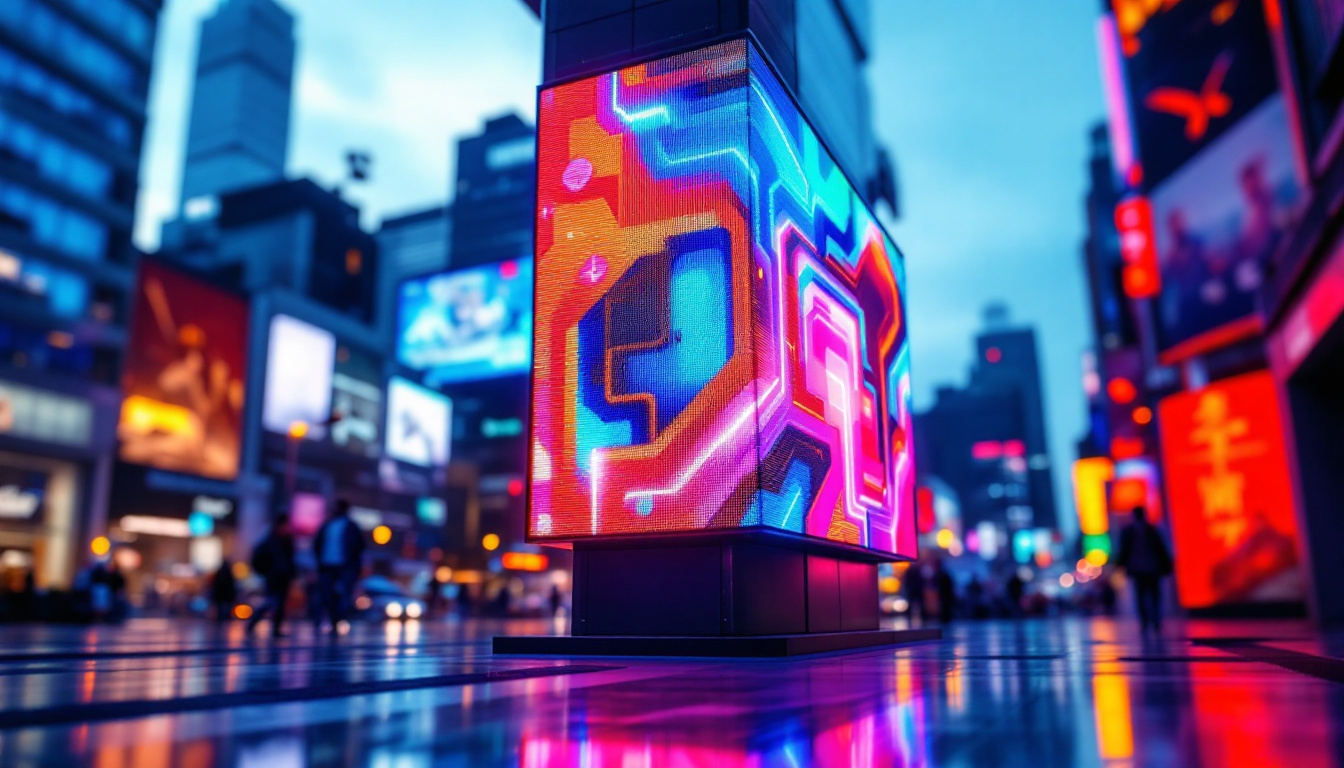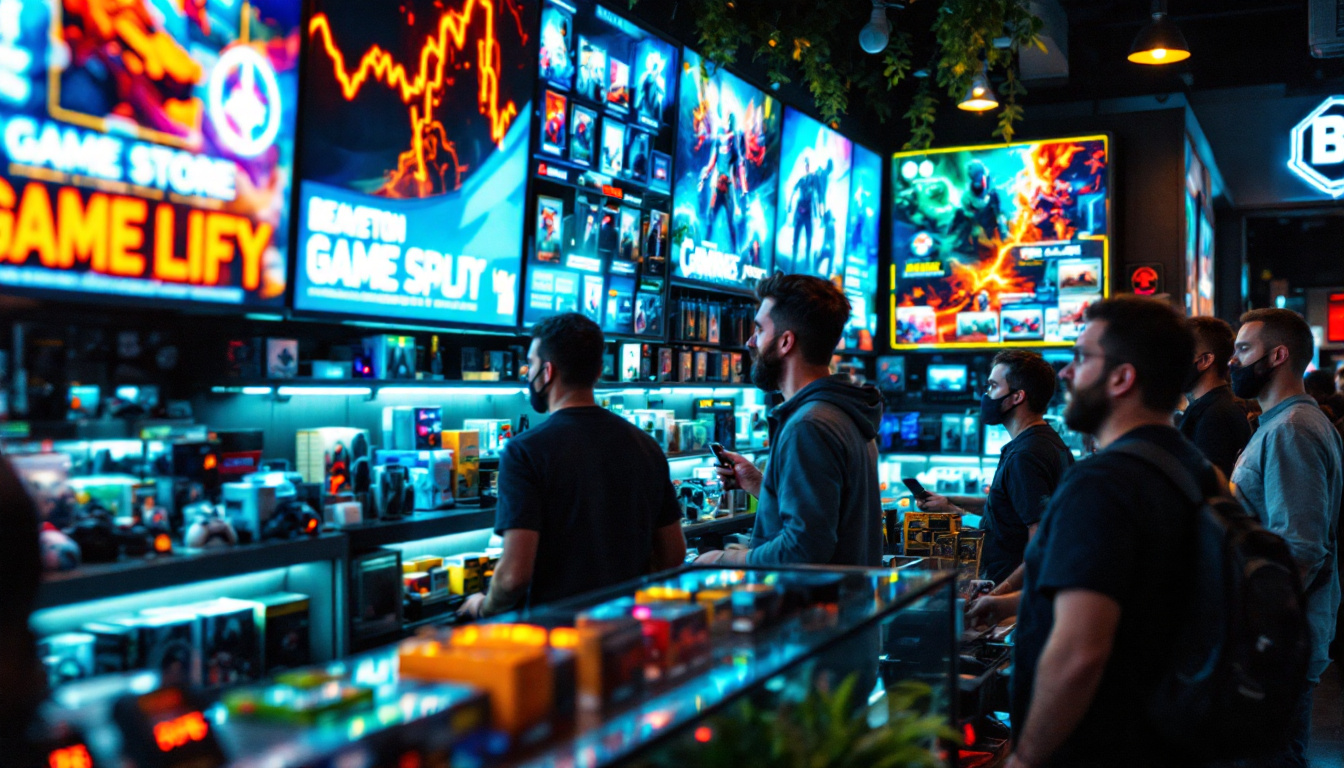In today’s digital age, the demand for high-quality visual displays has surged. Whether for events, advertising, or entertainment, LED screens have become a popular choice. This article delves into the world of LED displays, exploring their features, benefits, and the reasons behind the growing trend of Renting LED screens.
Understanding LED Technology
LED, or Light Emitting Diode, technology has revolutionized the way visuals are presented. Unlike traditional displays, LED screens use semiconductor diodes to emit light, resulting in brighter and more vibrant images. This shift not only enhances the viewing experience but also contributes to energy efficiency, as LED technology consumes significantly less power compared to older lighting methods like incandescent or fluorescent bulbs.
How LED Screens Work
LED screens consist of numerous tiny diodes that illuminate to create images. These diodes can be arranged in various configurations, including full-color displays that combine red, green, and blue (RGB) diodes. The precise control of these diodes allows for exceptional clarity and color accuracy, making LED screens ideal for both indoor and outdoor use. The technology behind LED screens also enables them to achieve high refresh rates, which is crucial for displaying fast-moving images without blurring, making them a popular choice for video games and sports broadcasts.
Types of LED Displays
There are several types of LED displays available, each designed for specific applications. The most common types include:
- Indoor LED Screens: These are designed for use in venues like theaters, conference rooms, and retail spaces. They typically have a higher pixel density, resulting in sharper images at closer viewing distances. Indoor screens can also be customized for various shapes and sizes, allowing for creative installations that enhance the aesthetic of the environment.
- Outdoor LED Screens: Built to withstand various weather conditions, outdoor LED screens are larger and often have lower pixel density. They are perfect for billboards, concerts, and sporting events. These displays are engineered with protective coatings and robust casings to ensure longevity and reliability, even in harsh climates.
- Transparent LED Screens: These innovative displays allow for visibility through the screen while still showcasing vibrant content. They are increasingly used in storefronts and exhibitions. Their unique design not only provides an eye-catching way to display advertisements but also maintains the architectural integrity of the space, allowing natural light to filter through.
In addition to these types, there are also specialized LED displays such as flexible LED screens, which can be bent and shaped to fit unconventional spaces, and high-definition LED screens that offer superior resolution for high-end applications. The versatility of LED technology continues to inspire new developments, making it a dynamic field that adapts to the ever-evolving demands of visual communication.
The Advantages of Renting LED Screens
Renting LED screens has become a popular choice for businesses and event organizers. This approach offers numerous advantages that can enhance the overall experience of any event.
Cost-Effectiveness
One of the primary benefits of renting LED screens is cost-effectiveness. Purchasing high-quality LED displays can be a significant investment, often requiring a substantial upfront cost. Renting allows organizations to access state-of-the-art technology without the financial burden of ownership.
Additionally, renting eliminates maintenance costs and the need for storage space, as the rental company typically handles these aspects. This makes it an appealing option for companies that need high-quality displays for short-term projects or events.
Moreover, renting can provide access to a broader range of features and capabilities that may not be feasible for a one-time purchase. For example, businesses can select screens with advanced features such as high-definition resolution, interactive touch capabilities, or specialized software for dynamic content display. This ensures that every event can be tailored to meet specific audience engagement goals without the long-term commitment of ownership.
Flexibility and Variety
Another significant advantage of renting LED screens is the flexibility it offers. Event organizers can choose from a wide variety of screen sizes, types, and configurations to best suit their needs. Whether it’s a small indoor presentation or a large outdoor concert, there’s a rental option available to match the specific requirements.
This flexibility extends to the ability to upgrade technology as needed. As LED technology continues to evolve, renting allows users to access the latest advancements without the hassle of selling or upgrading their own equipment.
In addition to size and technology options, rental services often provide comprehensive support, including setup and teardown assistance. This means that event organizers can focus on other critical aspects of their event, such as content creation and audience engagement, while professionals handle the technical details. Furthermore, many rental companies offer delivery and installation services, ensuring that the screens are set up correctly and functioning optimally, which can significantly reduce stress on event day.
Key Considerations When Renting LED Screens
While renting LED screens can be advantageous, several factors should be considered to ensure a successful experience. Understanding these considerations can help organizations make informed decisions.
Event Requirements
Before renting an LED screen, it’s crucial to assess the specific requirements of the event. Considerations such as the venue size, audience distance, and lighting conditions play a significant role in determining the appropriate screen type and size.
For example, an outdoor event during daylight hours may require a larger screen with higher brightness levels to ensure visibility. Conversely, an indoor event may benefit from a smaller, high-resolution display that provides clear images even in dim lighting.
Rental Company Reputation
Choosing a reputable rental company is essential for a successful LED screen experience. Research potential vendors to ensure they have a track record of providing quality equipment and reliable service.
Reading customer reviews, asking for recommendations, and verifying the company’s experience in the industry can help in making an informed choice. A reliable rental company should also offer technical support during the event to address any issues that may arise.
Setting Up and Using LED Displays
Once the decision to rent an LED screen has been made, the next step involves setting it up and ensuring it operates smoothly throughout the event. Proper setup is crucial for maximizing the impact of the display.
Installation Process
The installation process for LED screens can vary depending on the type and size of the display. For larger outdoor screens, professional installation is often recommended to ensure safety and optimal performance. Rental companies typically provide installation services, which can alleviate the burden on event organizers.
For smaller indoor screens, setup may be more straightforward. However, it’s still essential to follow the manufacturer’s guidelines and ensure that the screen is securely mounted or positioned to provide the best viewing experience.
Content Preparation
Preparing content for an LED display is a critical step that should not be overlooked. The quality of the visuals can significantly impact audience engagement. High-resolution images and videos should be used to take full advantage of the display’s capabilities.
Additionally, content should be tailored to the audience and the event’s theme. Engaging visuals, clear messaging, and appropriate branding can enhance the overall effectiveness of the display.
Applications of LED Displays
LED displays are versatile and can be utilized in various applications across different industries. Their adaptability makes them suitable for a wide range of events and purposes.
Corporate Events
In the corporate world, LED screens are commonly used for presentations, conferences, and trade shows. They can display slideshows, videos, and live feeds, making them an effective tool for communication and engagement.
Using LED screens at corporate events can help convey messages more effectively, capture attention, and create a professional atmosphere. Their ability to showcase dynamic content can also enhance branding efforts.
Entertainment and Events
LED screens have become a staple in the entertainment industry, particularly for concerts, festivals, and sporting events. They provide a platform for displaying live performances, highlights, and promotional content, enhancing the overall experience for attendees.
In addition, LED screens can be used creatively in stage design, providing dynamic backdrops and visual effects that elevate the production value of live events.
Future Trends in LED Technology
The LED display industry is continuously evolving, with new technologies and innovations emerging regularly. Understanding these trends can provide insights into the future of LED displays and their applications.
Advancements in Resolution and Brightness
As technology progresses, LED displays are becoming increasingly high-resolution, allowing for sharper and more detailed images. This trend is particularly important for applications where clarity is paramount, such as corporate presentations and high-profile events.
Moreover, advancements in brightness levels are enabling LED screens to perform better in various lighting conditions, making them more versatile for both indoor and outdoor use.
Integration with Smart Technology
The integration of LED displays with smart technology is another emerging trend. This includes features such as remote control, real-time content updates, and interactive capabilities. As event organizers seek to create more engaging experiences, the ability to control displays remotely and update content on the fly will become increasingly valuable.
Conclusion
Renting LED screens offers a multitude of benefits for businesses and event organizers alike. With their vibrant visuals, flexibility, and cost-effectiveness, LED displays have become an essential tool for enhancing communication and engagement.
By understanding the technology behind LED screens, the advantages of renting, and the key considerations for successful implementation, organizations can leverage this powerful medium to create memorable experiences. As the industry continues to evolve, staying informed about the latest trends and advancements will ensure that users can make the most of their LED display rentals.
Discover LumenMatrix’s Innovative LED Solutions
Ready to elevate your event or business with the vibrant and flexible visual solutions discussed in this article? Look no further than LumenMatrix, a pioneer in LED display technology. Our extensive range of products, from Indoor and Outdoor LED Walls to Custom and All-in-One LED Displays, are designed to captivate your audience and amplify your message. Embrace the future of visual communication with our cutting-edge LED displays. Check out LumenMatrix LED Display Solutions today and transform your space into a dynamic visual experience.

